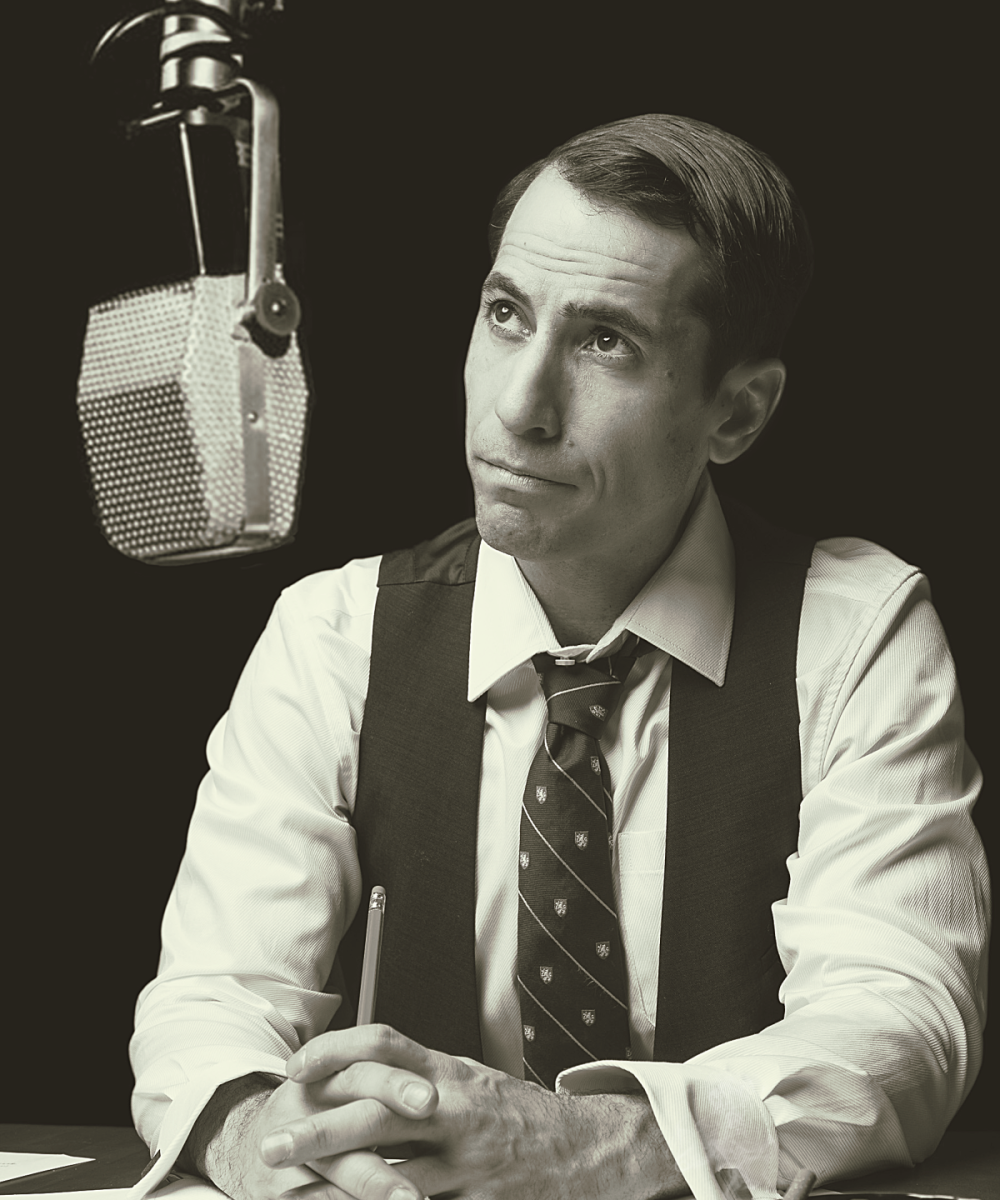Perspective medical students were treated to a health symposium sponsored by Alpha Epsilon Delta, the Health Professional Honor Society, featuring facial plastic surgeon Dr. D.J. Verret.
Dr. Verret presented his lecture, entitled “The New Face of Plastic Surgery.” He began by discussing his career to give the attendees a taste of what may be in store for them as they continue their studies in the field of medicine.
As a student at UT Southwestern Medical, Dr. Verret explained the division of his four years at medical school by their encompassing studies. During the first year the students’ studies will engross basic sciences, which Dr. Verret described as “typically biology in order to gain a firm foundation of the basis of all medical fields.” The second year incorporates clinical sciences and elaborates more on how applied medicines. Finally, during the third and fourth years of med school, students are rotated and eventually allowed to elect sub-internships of the different fields of medicine, ranging from pediatrics, psychology and medical surgery, just to name a few.
“It is here where you decide to become a surgeon or a medical doctor,” Dr. Verret said.
Once finished with med school, students are placed in a medical facility where they complete a residency (anywhere from four to eight years). Thus begins the post-graduate years, or PGY. During the first year doctors deal with general practices until their second year where they begin a specialized study. For Dr. Verret, it was in otolaryngology, the study of ear, nose and throat conditions. Dr. Verret explained that although this still not the financially prosperous part of a doctor’s education, it is worth it.
“You are given a salary for your work during residency, though, small it may be,” Dr. Verret said.
Following a residency, one will continue studying with a fellowship learning about a specialty. Finally, residents are eligible for certification, and, depending on the field of medicine and according to Dr. Verret, “you may need multiple certifications from a series of boards.” For Dr. Verret, he was certified by both The American Board of Otolaryngology Head and the American Board of Facial Plastic & Reconstructive Surgery. Both certifications included at least “a six to eight hour written exam and a three to four hour- long oral exam.” Once certified, residents are allowed to practice medicine and receive hospital benefits for 10 years.
Finally, Dr. Verret talked about advancements in the three fields of facial medicine: non-surgical, surgical and wellness. The non-surgical advancements included substitutes for Botox that last longer and are more effective and face-fillers that help restore a youthful appearance lost from aging, which included everything from collagen to Artefill; even adding fat from other parts of your body into your facial dermis (“a popular procedure in Hollywood stars,” Dr. Verret added). In the realm of surgical advancements, Dr. Verret admitted that nothing has really changed drastically apart from the marketing, the length of the incisions, and downtime, which are getting shorter. Dr. Verret closed by explaining the newest ideology in medicine in general: wellness medicine, a concept described by Dr. Verret as a “whole body rejuvenation that combines diet, exercise, skin care, and surgical interventions.” Wellness is a sign of a changing mentality toward medicine.
“You wouldn’t want to buy a new Ferrari, take it for some mud driving and not clean it up afterwards,” Dr. Verret said.











